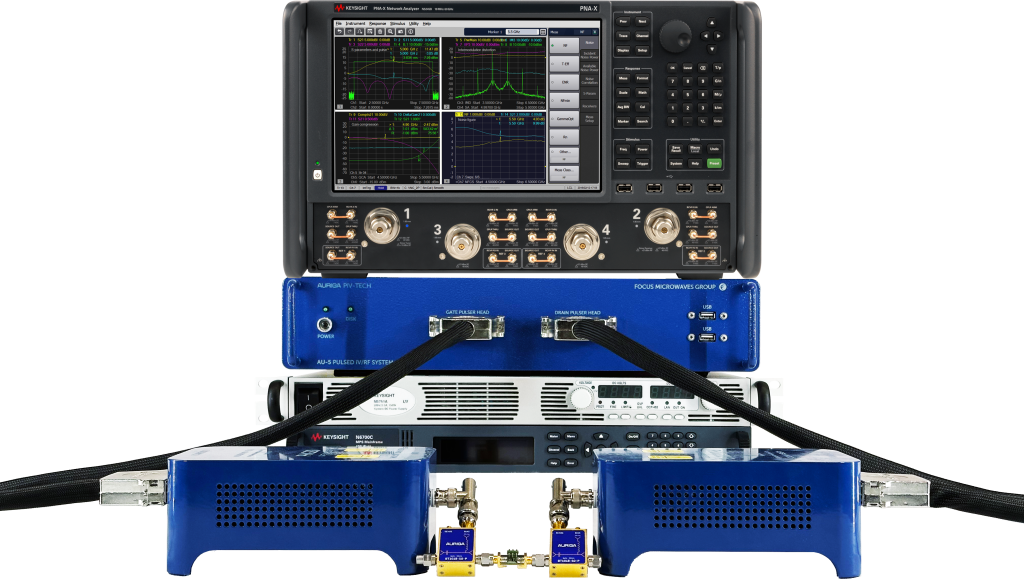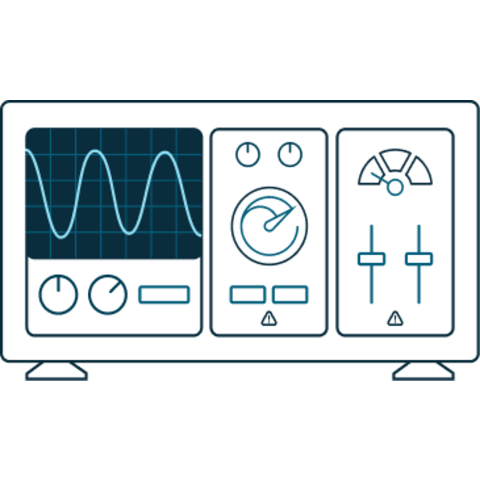Focus Microwaves - TRI-STATE Pulsed IV System
-
3 Measurement States; Quiescent (OFF-State), Non Quiescent (ON-State), and Pre-State
-
-
The Pre State is a short high voltage state used to activate
the traps in the semiconductor.
-
-
-
Adjustable delay (Δt) between the Pre state and Non Quiescent state down to 0s.
-
Independently adjustable timing settings for the Three-state gate pulser and drain pulser
-
Easy Integration into existing mainframes
Traditional Pulsed IV systems are comprised of two pairs of power supplies used for the Quiescent and Non Quiescent states. Focus now offers a new TRI-State pulse system which includes a third pair of power supplies allowing the user to create a Pre-Pulse state.
Nonlinear charge trapping effects have puzzled designers for years and the standard two state pulse systems are insufficient to fully characterize memory effects for the GaN FETs.
Focus’ TRI-State Pulsed IV system offers not only an efficient isothermal measurement condition, but also allows the user to control and characterize various charge trapping states.
Compared Specifications
TRADITIONAL PULSED IV
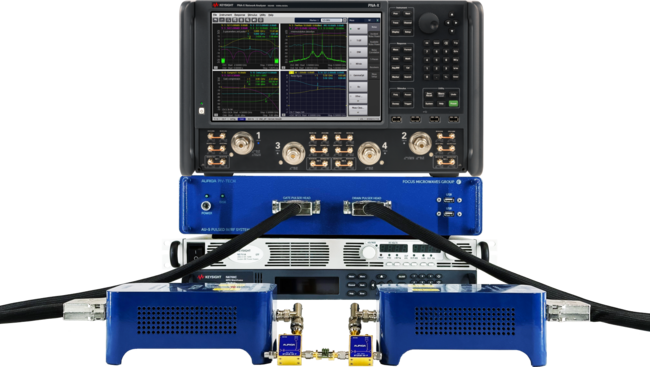
- Two Measurement States
- Quiescent and Non Quiescent
- Limited control over timing settings
- Very low power for longer pulses (>10us range)
- High accuracy with quick sampling rates
TRI-STATE PULSED IV
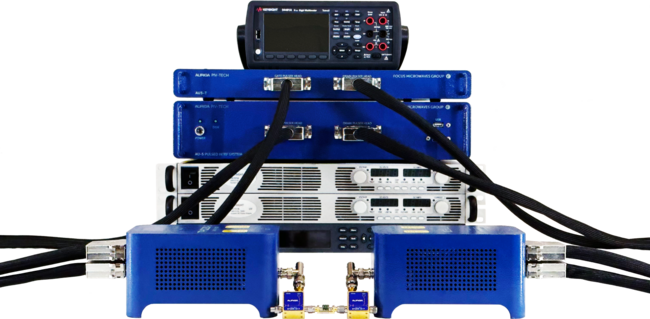
- Three Measurement States
- Quiescent, Non Quiescent, and Pre-State
- Independently Adjustable time settings
- The only solution to deliver 220V @ 2A
- High accuracy with quick sampling rates
- Easy Integration into existing mainframes
Setup Comparison
TRADITIONAL PULSED IV
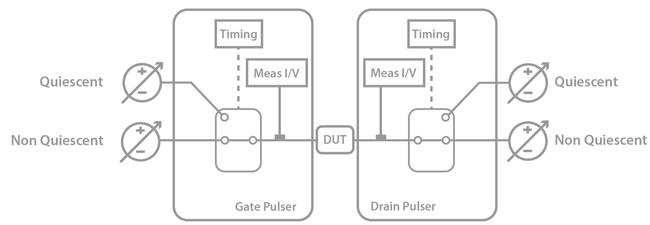
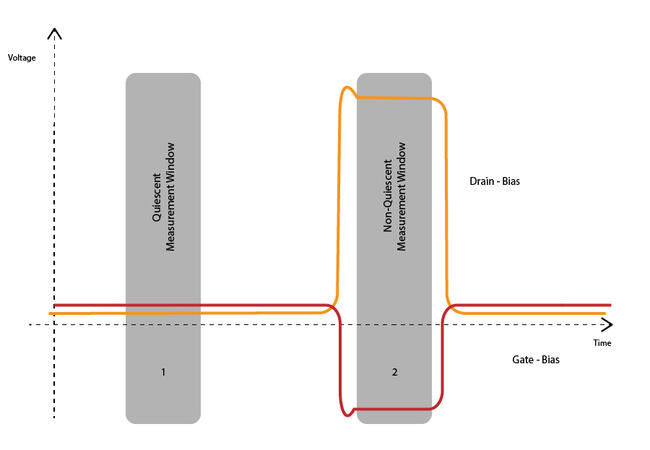
TRI-STATE PULSED IV

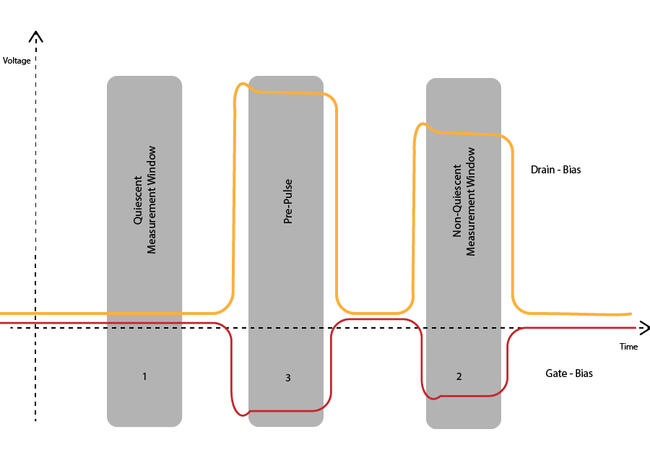
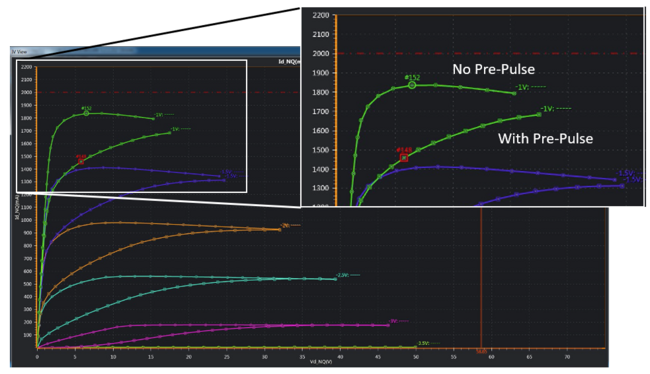
More Product Information
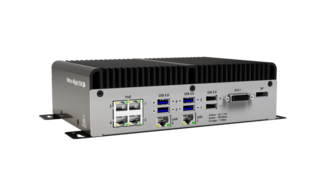
- Reduce service stoppages with a fanless design
- Inspect multiple sites through the support for four GigE Vision and four USB3 Vision cameras
- Simplify cabling for GigE Vision installations using Powerover-Ethernet (PoE)-enabled ports
- Tackle deep learning and traditional machine vision applications with a mobile-class embedded twelfth-generation Intel Core processor
- Connect separately to the factory floor and enterprise networks via two more Gigabit Ethernet ports
- Synchronize with other equipment using the integrated real-time digital I/Os with rotary encoder support and RS-232/RS-485 ports
- Streamline application development using the Aurora Design Assistant flowchart-based IDE or the Aurora Imaging Library SDK
- Tackle machine vision applications with utmost confidence using field-proven tools for analyzing, locating, classifying, measuring, reading, and verifying
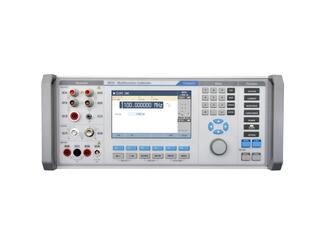
-
10 ppm accuracy
-
400 MHz and 1.1 GHz scope options
-
Power quality functions, voltage from current

-
Auto gain (manual gain control: 0 to 22 dB)
-
Auto exposure (manual exposure control: 100 µs to 1 s, 1 µs increments)
-
Binning (horizontal and vertical) (sum)
-
Decimation X/Y
-
Enhanced Defect Pixel Correction (DPC)
-
Fixed Pattern Noise Correction (FPNC)
-
Gamma correction
-
Three look-up tables (LUTs)
-
Region of interest (ROI)
-
EF lens control (order option -18)
-
Event channel
-
Image chunk data
-
IEEE 1588 Precision Time Protocol (PTP)
-
RS232
-
Storable user sets
-
StreamBytesPerSecond (bandwidth control)
-
Stream hold
-
Sync out modes: Trigger ready, input, exposing, readout, imaging, strobe, GPO
-
Temperature monitoring (main board and sensor board)
-
Trigger over Ethernet (ToE) Action Commands
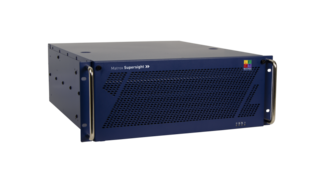
- Scale system performance from one to four computing clusters for demanding image acquisition and processing needs
- Support any camera interface type with the addition of appropriate Zebra frame grabber board(s)
- Exchange data between compute clusters internally at high speed through a PCIe Gen3 switched fabric backplane
- Maximize density in a 4U chassis with up to 10 full-length and one half-length, full-height PCIe Gen3 slots
- Tailor host data transfer bandwidth needs through PCIe x16, x8, and x4 interfaces
- Minimize the need for revalidation by utilizing a lifecycle-managed platform with consistent long-term availability
- Simplify system integration by using an integrated platform from a single vendor
- Solve applications rather than develop underlying tools by leveraging standard Microsoft® development tools and Aurora Imaging Library software
- Low noise
- Excellent line⁄load regulation
- Coarse and fine voltage controls
- Constant voltage or constant current operation with automatic crossover and mode indication
- Individual ON⁄Off switch per output (not including fixed output)
- Switchable 3.3V⁄5V output on triple output model
- Switchable remote sense (XPH 1810 and XPH 4210 models)
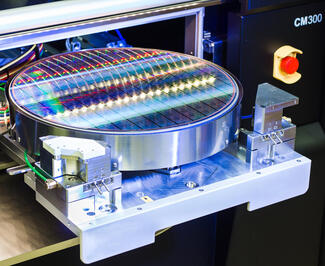
Flexibility
- Application flexibility: Coax, Triax, RF/mmW, High Power, Double Sided
- Temperatures range from -60°C to +300°C
- Surfaces are nickel or gold-plated
- Hybrid chuck design – operation with and without cooling unit
- Field-upgradeable: On-site cold upgrades for all main prober platforms
Highest Efficiency for Reduced Cost of Test
- Up to 25% lower air consumption (CDA) than other systems on the market with no compromise in transition times
- Up to 15% faster transition times than other systems on the market
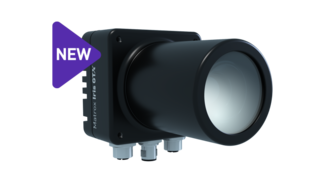
- Boost performance by up to 3x over its precursor thanks to an Intel x6000 series embedded processor
- Capture high-resolution images at high speed through a choice of CMOS sensors from two to 16 Megapixels
- Deploy in dirty, humid, or harsh industrial environments by way of a compact IP67-rated design
- Communicate actions and results to other automation and enterprise equipment via real-time digital I/Os, and Ethernet (TCP/IP, CC-Link IE Field Basic, EtherNet/IP™2, Modbus® , PROFINET® , and native robot interfaces)
- Handle Human-Machine Interface (HMI) function by way of VGA and USB connectivity
- Simplify vision setup and upkeep via integrated lens focusing and illumination intensity control
- Synchronize to the manufacturing line through the support for incremental rotary encoders
- Solve machine vision applications efficiently with Aurora Design Assistant by constructing flowcharts instead of writing program code
- Maintain control and independence through the ability to code custom flowchart steps
- Tackle machine vision applications with utmost confidence using field-proven tools for analyzing, locating, classifying, measuring, reading, and verifying
- Leverage deep learning for visual inspection through image classification and segmentation tools
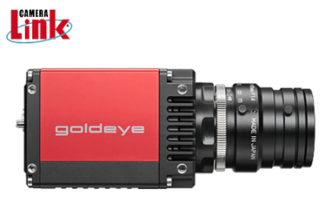
-
Fast Camera Link InGaAs SWIR camera
-
VGA resolution
-
Compact industrial design, no fan
-
Simple camera configuration via GenCP
-
Compact industrial design Up to 303 fps at full resolution Camera Link interface with GenCP support Comprehensive I/O control options Automated on-boa

-
GigE Vision InGaAs SWIR camera
-
VGA resolution
-
Power over Ethernet
-
large pixel with high dynamic
-
Compact industrial design, no fan
-
GigE Vision interface with Power over Ethernet
-
Very high intra-scene dynamic range of 73 dB
-
Comprehensive I/O control options
-
Automated on-board image correction
-
Stabilized sensor cooling, no fan
-
Extended operating temperature range

Focus Microwaves
Focus Microwaves is a pioneering engineering company, built around the innovations of its founder Dr. Christos Tsironis who developed his first manual tuner in 1973 and is the inventor of most existing electro-mechanical tuner families. The success of Focus is based on the engineering and manufacturing skills of its highly motivated and experienced team of engineers and technicians, who have been trained and encouraged to develop new technologies. In addition, listening to our customers needs and insights helps us discover and develop new and measurement methods on an ongoing basis, relentlessly pushing the limits of what is possible.
From humble beginnings in 1988, Focus has become the main supplier of advanced Load Pull and Noise Tuner Systems. Our mission is to provide effective, reliable and innovative solutions for non-50 Ohm testing (Noise and Load Pull) of RF microwave transistors, thus enabling our customers to compete in the marketplace with better designs and to advance the understanding and knowledge of the field.
Contact Details
Focus Microwaves Inc. Main Head Office
4555 Chem. du Bois-Franc, Saint-Laurent, QC H4S 1A8, Canada
Phone: +1-514-684-4554
Test & Measurement
